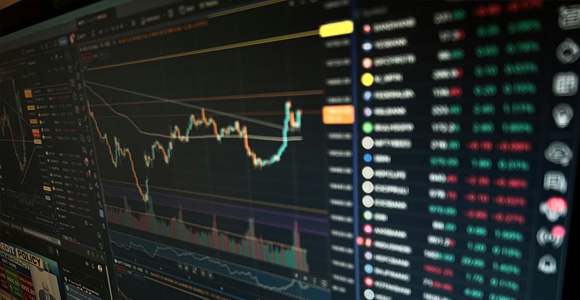When evaluating a potential investment, many people place significant weight on whether a company pays a dividend. Dividends offer investors passive income and have sparked numerous debates on this topic. Understanding the appropriate approach to building your portfolio is pivotal in setting yourself up for success.
What Are Dividends?
Dividends are cash payments made by a company to its shareholders from operating profit. If a company offers a dividend, investors typically receive anywhere from 0.01% to 10% of the share price on a quarterly, semi-annual, or annual basis. While this can provide passive income without needing to sell shares, dividends are not guaranteed. Depending on the company’s financial health, they can increase, decrease, or eliminate their dividend.
Qualified dividends are taxed at the same rate as capital gains tax, and ordinary dividends are taxed at your federal income tax rate, so their actual benefit can vary. To have your dividend payments meet the requirements to be qualified, set by the IRS, you must hold the company’s stock within its ex-dividend date, for a minimum of 60 days, during the 121-day required holding period. Furthermore, since returns from qualified dividends are taxed at the same rate as returns from price appreciation, there is generally no difference in the tax implications from the source of returns.
The most significant driver of your portfolio’s growth will not be from dividends. 70-75% of the S&P 500’s annualized returns of around 14% this decade are attributed to capital appreciation, earnings growth, and valuation expansion.
The Risks of Focusing Solely on Dividends
The biggest misconception about dividends is that they’re “free money.” Dividend-paying companies distribute cash that could otherwise have been reinvested into the business. That’s money not being used for expansion, innovation, or acquisitions that could drive company growth and share price appreciation.
Companies that do not offer a dividend, or offer a small dividend, can redeploy their profits into their company, either through share repurchases in the open market, expanding research and development, or through acquisitions and mergers. Companies that pay dividends do still spend their free cash flow on mergers, R&D, share repurchases, or other capital expansions, but the financial constraints from issuing a dividend can strain a company’s ability to deploy that free cash flow into those reinvestments.
Real World Examples
Apple illustrates this point. From 1995 through early 2012, the company paid no dividend at all, redirecting free cash flow into product development and its global supply-chain network that made those products ubiquitous. That reinvestment fueled a more than 100-fold increase in the share price before the board reinstated a modest payout in 2012. Amazon offers a similar story. Since its 1997 IPO the firm has never declared a dividend, choosing instead to plow cash into Prime, AWS, and well over a hundred acquisitions that have broadened its reach from books to cloud infrastructure and logistics.
Eventually, growth companies mature and start redeploying their free cash flow. Both Meta Platforms and Alphabet reached that point in 2024. Meta introduced a $0.50 quarterly dividend in February 2024 and paired it with a $50 billion share-repurchase. Alphabet followed on the same day with a $0.20 quarterly payout and a $70 billion buyback plan. The mixed approach using small dividend plus aggressive repurchases signals that management still sees attractive avenues for reinvestment but also recognizes a reduced need to hoard cash.
Dividend cuts can arrive with little to no warning, especially when a firm’s balance-sheet strength deteriorates. During the 2008 financial crisis, banks like Wells Fargo and Bank of America significantly reduced their dividend payments, along with many others reducing or even removing their dividend payments. Cuts can happen outside of broader economic turmoil; Xerox slashed its dividend from $1 per share to $0.10 per share to fund an acquisition in 2024. 3M, AT&T, and Walgreens have each severely trimmed dividend payments to boost liquidity for capital expansion.
Total Return
Focusing on total returns provides a clearer picture of an investment’s overall performance. This is especially important for long-term investors who are focused on building wealth over the course of decades, rather than just generating short-term income.
Companies that reinvest in themselves are often better positioned to adapt, scale, and deliver more substantial total returns and upside growth. Share buybacks, expansion into new markets, product innovation, and acquisitions are all growth strategies that benefit shareholders more than recurring dividend payments.
To highlight the difference between dividends and growth in real dollars, the S&P 500 recorded total returns of 261.65% since 2015, at an annualized rate of 14.08%. In that same time, the S&P 500 High Dividend Yield ETF (SPYD), which tracks the 80 highest paying dividend companies within the S&P 500, had a total return of only 123%, annualized at a rate of 8.59%.
Conclusion
When building your investment portfolio, it’s imperative to understand your financial goals and risk tolerance. Dividends are not guaranteed, and designing a portfolio that focuses only on passive income can be damaging. Reducing risk, diversifying, not only by sector but style, and speaking with financial professionals to assist in mitigating risk can put you on a path to long-term wealth.



